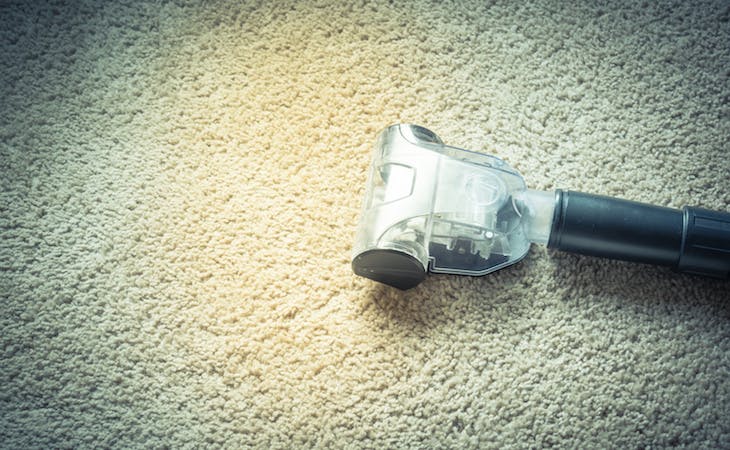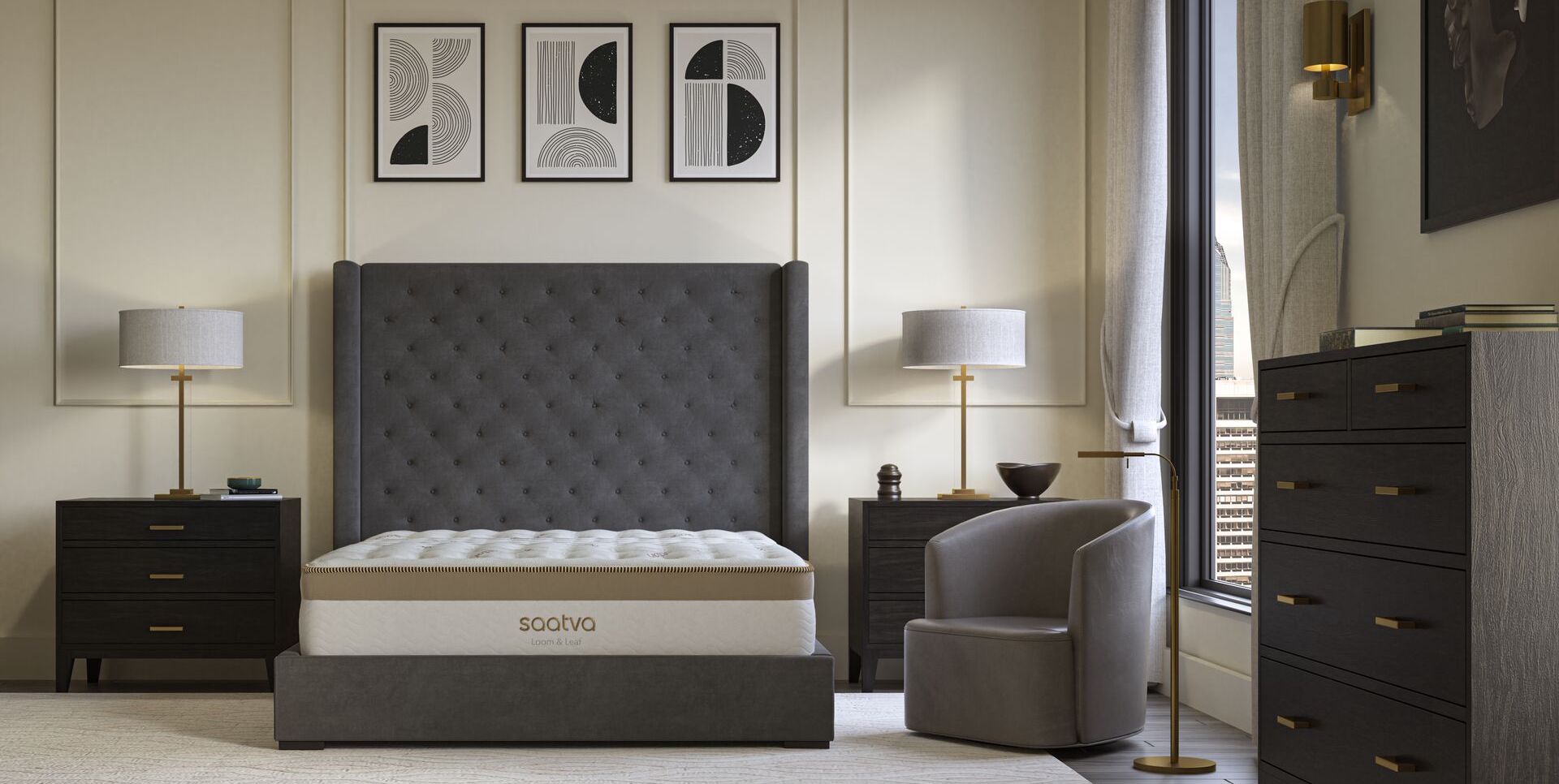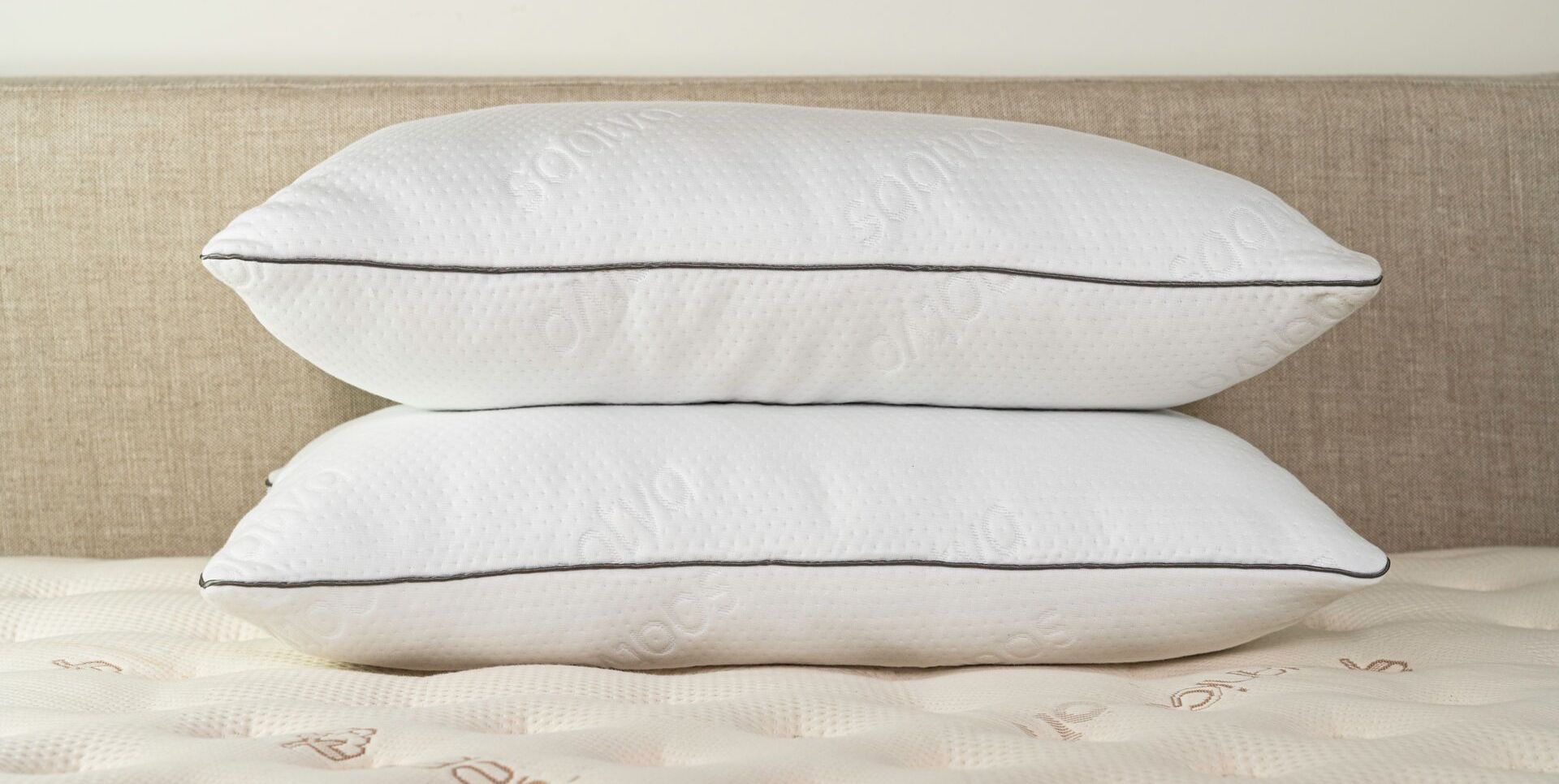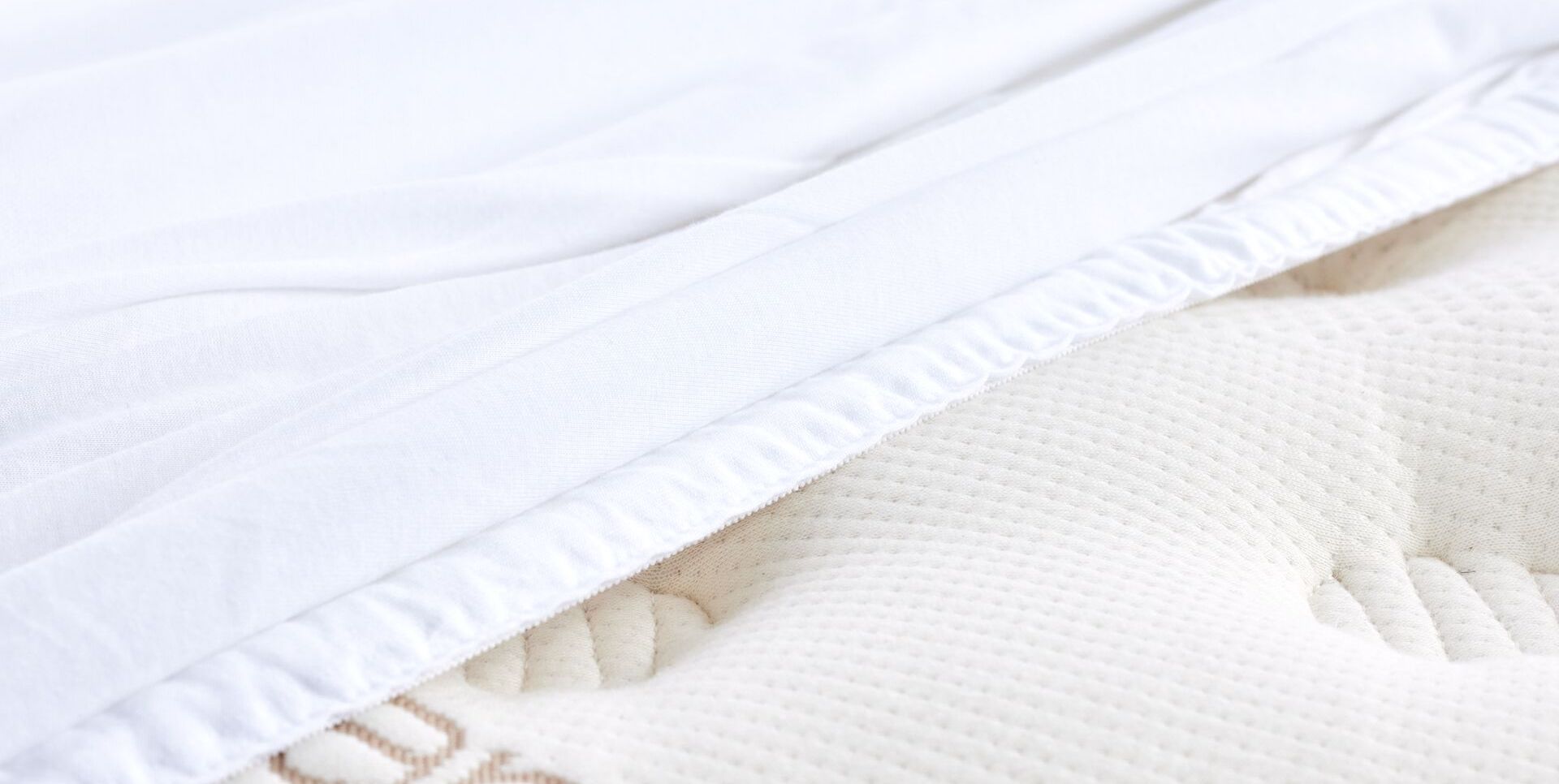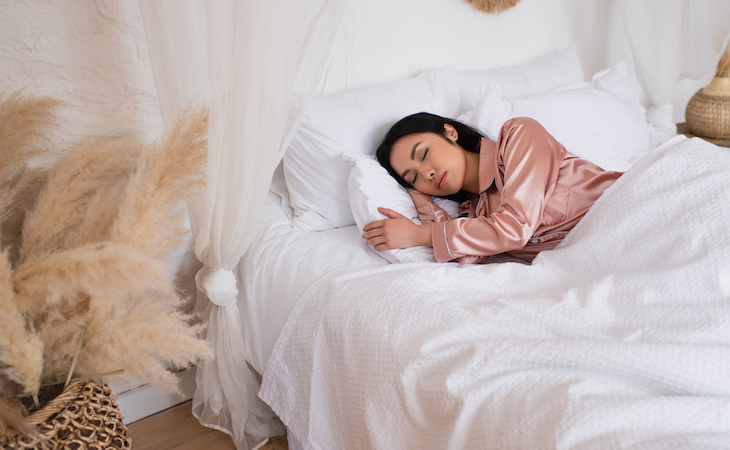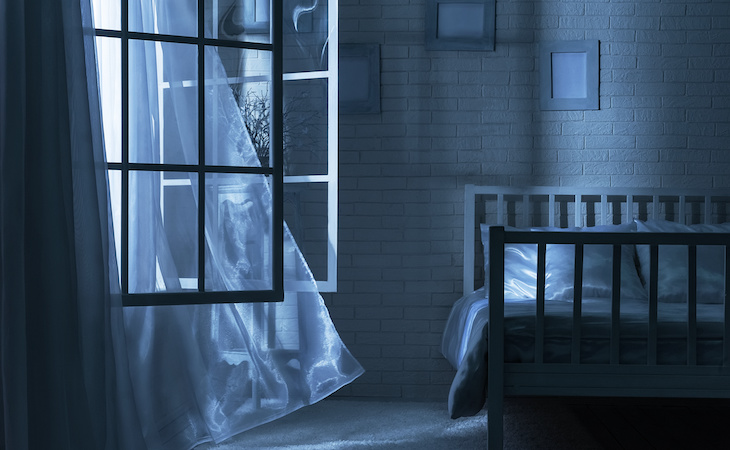Spring brings the urge to get up, get out, and get busy—puttering in the garden, cycling in the park, and enjoying adventures all over town. But if you’re an allergy sufferer, spring can seriously break your stride. Whether it’s the pollen that’s popping all over the place or you’re sneezing due to perennial dust, mold, and pet dander sensitivities, now’s the time to allergy-proof your abode—with the bedroom as your top priority.
The nation’s largest indoor allergen study, conducted in 2017 by the National Institutes of Health, found that more than 90% of U.S. bedrooms have three or more detectable allergens, and 73% have at least one allergen at elevated levels. The main offender? Dust mites.
“The health hazard of household dust is dust mite droppings—that’s what you’re allergic to,” says William E. Berger, MD, a Mission Viejo, California-based allergist and author of Allergies and Asthma for Dummies. The average home can amass some 40 pounds of dust per year, and, because dust mites thrive in warm, dark, soft places and feed on shed skin cells, your bed is their prime breeding ground. (That’s why you really need to change your sheets more often.)
How to create an allergy-proof bedroom
If allergy symptoms—or the very thought of icky microscopic bedfellows—make you miserable at night, you’ll likely compound the problem with the negative effects of poor sleep. You spend at least a third of your life in the bedroom, so it’s the one place that should be your haven,” says Berger. It can be, too, if you follow these tips. So—gesundheit!—get started ASAP with these tips for creating an allergy-proof bedroom.
Maintain ideal humidity
A bedroom humidity level between 40% and 50% will deter dust mites, which multiply in moist environments. Run a dehumidifier, and, if your bathroom and bedroom are connected, ventilate the bathroom after every bath or shower, keeping the door closed to prevent moisture from entering your sleeping space.
Keep allergens out
“By being aware and changing a few habits, you can avoid bringing many allergens in from outside,” says RJ Patel, owner of Prestigious Cleaning Team in Kennesaw, Georgia. “Free-floating tree, grass, and weed pollens cling to our clothing, shoes, and hair, yet we typically come home and sit on the couch or drop on the bed.” To avoid distributing sneezy stuff around:
- Remove outerwear and shoes before entering the main part of your house, storing them in a closet or closed cubby if possible.
- Hustle dirty clothes to the laundry room post haste, and treat dry-clean-only items similarly, stowing them in a bag in the hall closet, mudroom, or your car until you can drop them off.
- When putting away off-season clothing, ensure that all items are clean and dry, then place them in plastic bags to prevent dust mite recolonization.
- Tempting as fresh air may seem, keep your bedroom windows closed.
- Don’t forget your pet! Even if you’re not allergic to cat or dog dander, furry friends are allergen magnets. Brush and/or bathe them regularly.
- Shower and shampoo at night to send allergens down the drain. If that means changing your schedule, just think of your hair as a mop filled with dust and pollen and you’ll gladly make the switch!
Decorate to deter
Be as minimalist as possible-posters, knickknacks, and clutter in general collect dust,” Berger says. Opt for furniture with smooth surfaces such as leather and wood that you can wipe clean, avoiding upholstery.” Specifically:
- Carpet is a welcome mat for allergens; replace it with tile or hardwood floors. If you must have carpet, limit the amount of padding beneath, which can hold onto humidity.
- Window treatments should be smooth cloth, either cotton or synthetic, and washed or wiped clean weekly. Avoid blinds or shutters, which trap dust.
- Include ample storage, keeping clothing in drawers and closets, not on open shelves and racks.
- Don’t let children’s rooms be a stuffed animal zoo. Toys should be washable—and washed regularly.
- If the kids sleep in bunk beds, give the allergy-prone child the top bunk.
Debug the bed
Who’s sleeping in your bed? Those darn dust mites, no doubt. And the more you toss and turn, the more skin you’ll shed for them to feast on—so the right mattress is key. Memory foam mattresses, for example, are a good choice for allergy sufferers, since memory foam doesn’t have nooks and crannies for the little critters to hide in.
Beyond that:
- Your bed should be mounted on a platform or frame, never on the floor.
- Encase both mattress and box spring in an allergy-proof cover. Seal the zipper with masking tape for extra protection from intrusion.
- Opt for a hypoallergenic, antimicrobial, mildew proof and dust mite-resistant pillow; stay away from feathers. And just say no to an abundance of decorative pillows.
- Chuck the chenille or wool bedspread; use a cotton or synthetic spread or duvet cover, which should be laundered weekly, as you do with your sheets. (Or as some people do.)
- Rethink the fabric headboard; if you like the look, consider leather or another material that you can
Clean correctly
People often don’t see accumulated dust bunnies until they move or redecorate, because these balls of dust, hair, and other debris form in dark corners and under furniture,” Patel points out. So give your sleep space a proper spring purge and don’t slouch on your weekly clean routine:
- Hot water, disinfectant, and microfiber cloths are cleaning’s dynamic trio.
- Follow a pattern: “Clean top to bottom, then left to right—or right to left—and back to front to get every inch of every surface,” says Patel.
- Move furniture if possible before dusting, sweeping, and vacuuming to get at hidden allergens. Be sure to get under the bed.
- Don’t overlook those oft-neglected items like lampshades, vertical surfaces such as baseboards and moldings and even the leaves of houseplants. Bust out the ladder and the right tools to tackle ceiling fans, chandeliers, and other high spots.
- Vacuum at least once a week, with a model that has a built-in HEPA (high-efficiency particulate air) or ULPA (ultra-low particulate air) filter, using attachments designed for tough spots like corners and crevices. “The ideal vacuum adjusts to lie parallel to the floor, the better to work under furniture and the bed,” says Patel, who adds that a vacuum with a bag is best. Because the bag is airtight, it more securely contains dust, dirt, and contaminants while vacuuming, and there’s little chance of nasty stuff spilling out during disposal.
- Wash bed linens in hot (130 degrees Fahrenheit) water and don’t line dry them. Clean the lint trap after each cycle, and have dryer vents checked and cleaned annually or as needed.
- Keep in mind that cleaning is bound to kick up dust. Have the allergy sufferer vacate the premises for a few hours until the dust settles. And if the person doing the cleaning has allergies, a face mask is a smart idea.
Your mattress needs regular cleaning too! Here’s how to deep clean your mattress.





